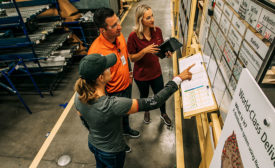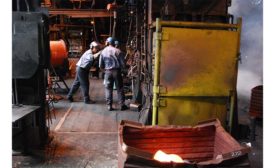Home » Keywords: » training procedures
Items Tagged with 'training procedures'
ARTICLES
Strategies to train & outfit inexperienced workers
Coping with the labor shortage
October 1, 2019
Editorial Comments
It’s not a matter of training, training & more training
Safety’s learning moment
July 23, 2018
Get our new eMagazine delivered to your inbox every month.
Stay in the know on the latest safety trends.
SUBSCRIBE TODAYCopyright ©2024. All Rights Reserved BNP Media.
Design, CMS, Hosting & Web Development :: ePublishing




